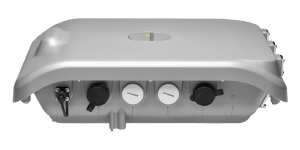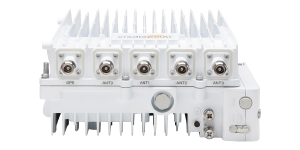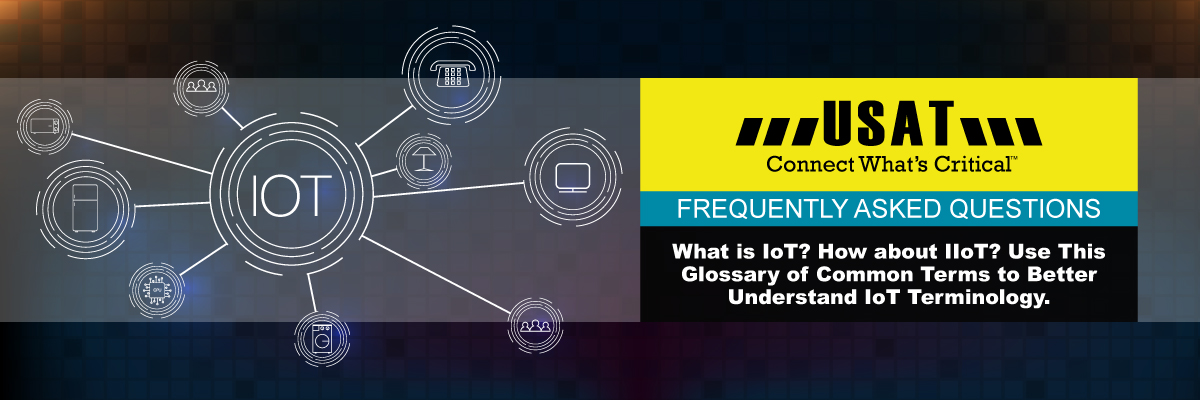Private Broadband Solutions
Private LTE and Gated Networks
PRIVATE AND SECURE WIRELESS NETWORKING SOLUTIONSWith capacity and coverage requirements increasing everyday, having a reliable and consistent wireless connection is more important than ever.
As the number of connected devices surge, and as enterprises require greater bandwidth to support operations, having a dependable wireless connection is a necessity.
Private and semi-private networking solutions from MCA improve security and reliability.

Many of our top manufacturing partners, such as Nokia, Semtech, Cradlepoint, and Multi-Tech, are ramping up their investments in the development of private wireless networking technologies. While we highlight solutions from Cradlepoint below, please feel free to contact us for information on any PLTE / P5G solution.
What is Cradlepoint PLTE?
Cradlepoint NetCloud Private Network (NCPN) is a private cellular network that delivers 2X the capacity and 4X the range of traditional Wi-Fi. Leveraging the versatility of the Citizens Broadband Radio (CBRS) spectrum, Cradlepoint delivers seamless and private end-to-end voice, video, and data—whether you need coverage across your facilities or across the country.
With the ability to handle enormous loads of traffic, Cradlepoint has the ability to connect thousands of devices on one secure platform, providing a low-latency, resilient connection to end users.
Popular Applications for Private LTE

Connected Workforce
Cradlepoint PLTE offers enterprises a way to connect their workforce on one end-to-end network - especially suited for remote or high-security facilities. Cradlepoint ensures workforce safety and productivity.

Connected I/O Assets
From intelligent traffic sensors for public safety and transit to point-of-sale operations and video displays for retail, Cradlepoint securely connects all your assets, enabling them to “speak” to each other and you.

Connected Equipment
Across vast geographic planes and in distant locations, Cradlepoint Private 5G and Private LTE the remote operation and control of vehicles and equipment in the harshest and most dangerous of environments.
Learn how organizations are utilizing Private 5G and PLTE solutions from Cradlepoint
WATCH THE VIDEO >>PLTE Devices for Operation on NCPN

Cradlepoint A2400

Cradlepoint A2400
The A2405 extends reliable, high-capacity coverage well beyond traditional Wi-Fi ranges, making it perfect for expansive outdoor areas like industrial sites or agricultural lands. Its superior signal penetration and dedicated bandwidth support advanced applications crucial for secure communications and real-time data analytics.

Cradlepoint A2415
Designed for extensive outdoor and harsh environments, the A2415 offers unparalleled coverage and reliability. This CAP ensures robust connectivity for wide-ranging industrial and operational areas, surpassing the capabilities of both Wi-Fi and public cellular services in signal strength and network consistency.
Express M2M™ cellular data plans available from MCA are ideal for your variable and seasonal data connectivity needs in a variety of industrial use cases and applications.
What is Express M2M™?
For organizations seeking a cost-effective alternative to PLTE, MCA offers Express M2M gated networks. Available on both partially-gated and fully-gated cellular networks, Express M2M is not suited to high-bandwidth applications (i.e. video monitoring and voice communication), but is extremely useful for monitoring and regulating the data in machine sensors, among other applications. For those who want the security of PLTE and don’t have high bandwidth needs, purchasing a gated network from Express M2M is a great option. Visit ExpressM2M.com to learn more.
The benefits of Express M2M over Private LTE are:
- Wide area instead of fixed location-based networks
- Wider availability of compatible cellular gateways
- Generally lower costs
The benefits of Express M2M over Public LTE are:
- No long-term contracts required
- Adjustable data capacity based on actual usage
- Allows for instantly adding additional cellular lines
Industrial Applications for Gated Networks

Agriculture

Utilities

Digital Signage
Learn how organizations are making use of Express M2M gated and semi-gated networks.
WATCH THE VIDEO >>MCA provides the private cellular networks essential for today's modern organizations to compete and excel. Our Private Wireless solutions, featuring technologies from Nokia, Cradlepoint, Multitech, and our gated networking service, Express M2M, enhance private business connectivity. We deliver increased capacity, reliability, flexibility, and security, supporting your organization's communication needs comprehensively.

If you're interested in learning more about how we can help your Private CBRS or Gated LTE communications objectives, please fill out this contact form. An expert member of our team will reach out to you within 24 hours to discuss your needs.
For Immediate Assistance:
Call Us Toll-Free: (888) 550-8728
To shop online for top cellular routers, visit our web store by clicking here.
Recent Use Cases, Case Studies, and Solutions















